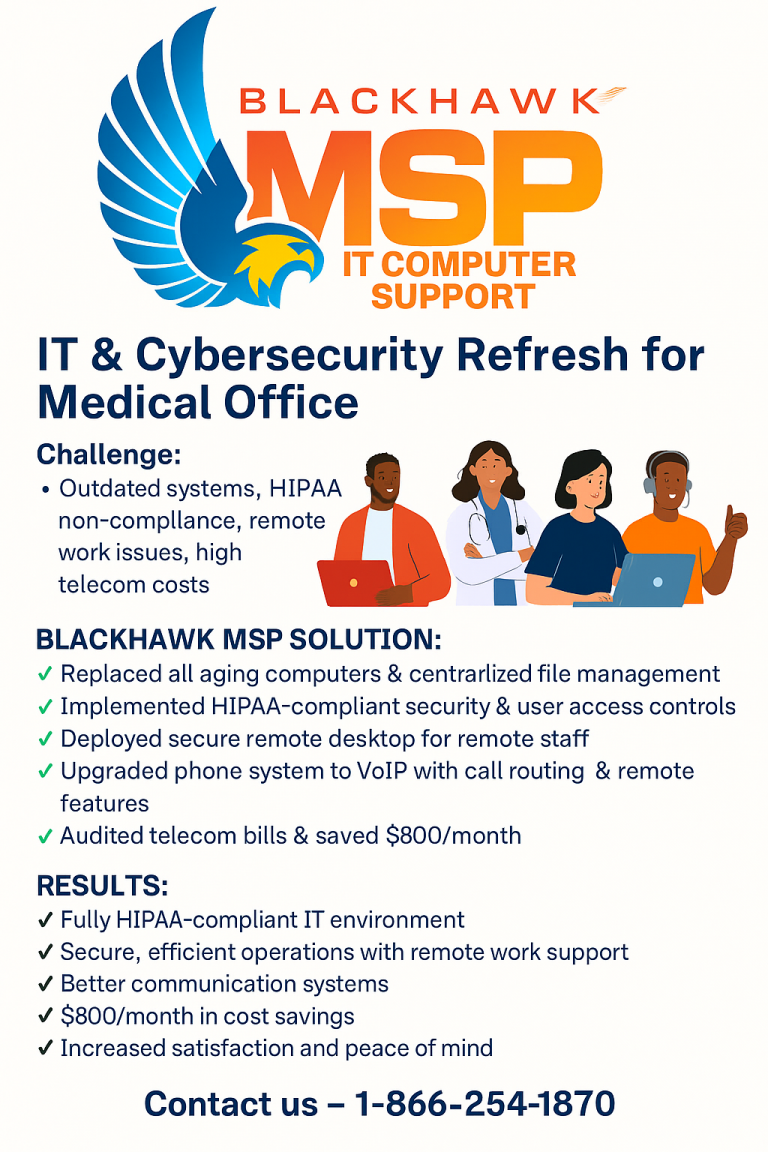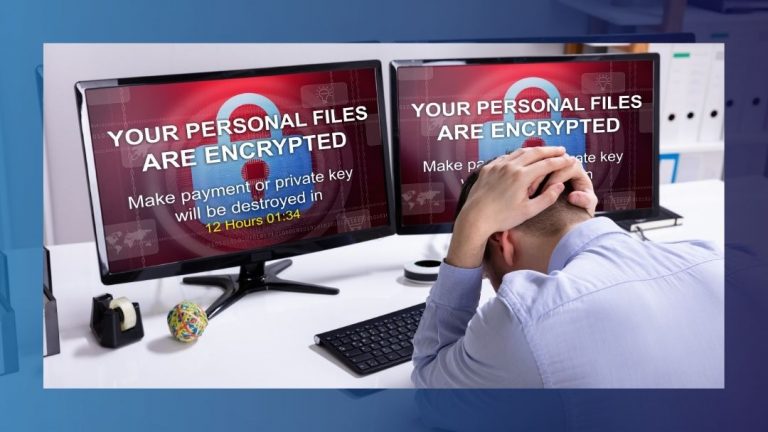Ten Simple Tips to Spot a Scam Email and Stay Safe Online
One of the first signs that an email may be a scam is the sender’s address. Often, scammers use email addresses that appear similar to legitimate ones, but with subtle differences. For instance, instead of "support@bank.com," a scammer might use "support@bank-secure.com." Please review the sender’s address carefully. If it looks suspicious or unfamiliar, it’s best to proceed with caution.
Another common red flag is poor spelling and grammar. Many scam emails are hastily crafted and may contain numerous typos or awkward phrasing. Established organizations usually proofread their communications carefully, so if you receive an email filled with mistakes, it’s likely not from a reputable source. Don’t dismiss these errors; they can often be your first line of defense against scams.
They’ll ask to "Urgently" send a payment. Most people don’t use the word Urgently in the USA. Or the word Kindly, so look out for those types of keywords. Your boss might say "It’s Urgent" but never says "Kindly send me the payment urgently". Get it?
Essential Tips for Safe Online Communication Against Scams
An effective way to protect yourself from scam emails is by implementing a robust email filtering system. Most email providers have built-in spam filters that can automatically detect and redirect suspicious messages to your spam folder. Regularly checking and updating these filters can help minimize your exposure to potential scams. It’s essential to keep your email settings optimized to catch as many scams as possible before they reach your inbox.
Please don’t click on links or download attachments from unknown senders. Scammers embed links or files that can compromise your data or infect your device with malware. If unsure about a link, hover over it to see the actual URL before clicking, or type the URL directly into your browser.
This can help you avoid falling prey to fraudulent sites.
Get a multi-factor authentication (MFA). MFA provides an additional layer of security by requiring more than one form of verification before allowing access to your accounts. If a scammer gets your password, they would need the second form of authentication to get access.

Ryan C. Smith has been doing professional computer support since 1996. He worked at all the major companies such as SONY, HP, Network Appliances, Palm and many more. He was top of his class at Heald College for Computer Technology. He is familiar with Windows Servers, Windows, Networking, Linux, and Web Servers. He has a photographic memory when it comes to computers.




